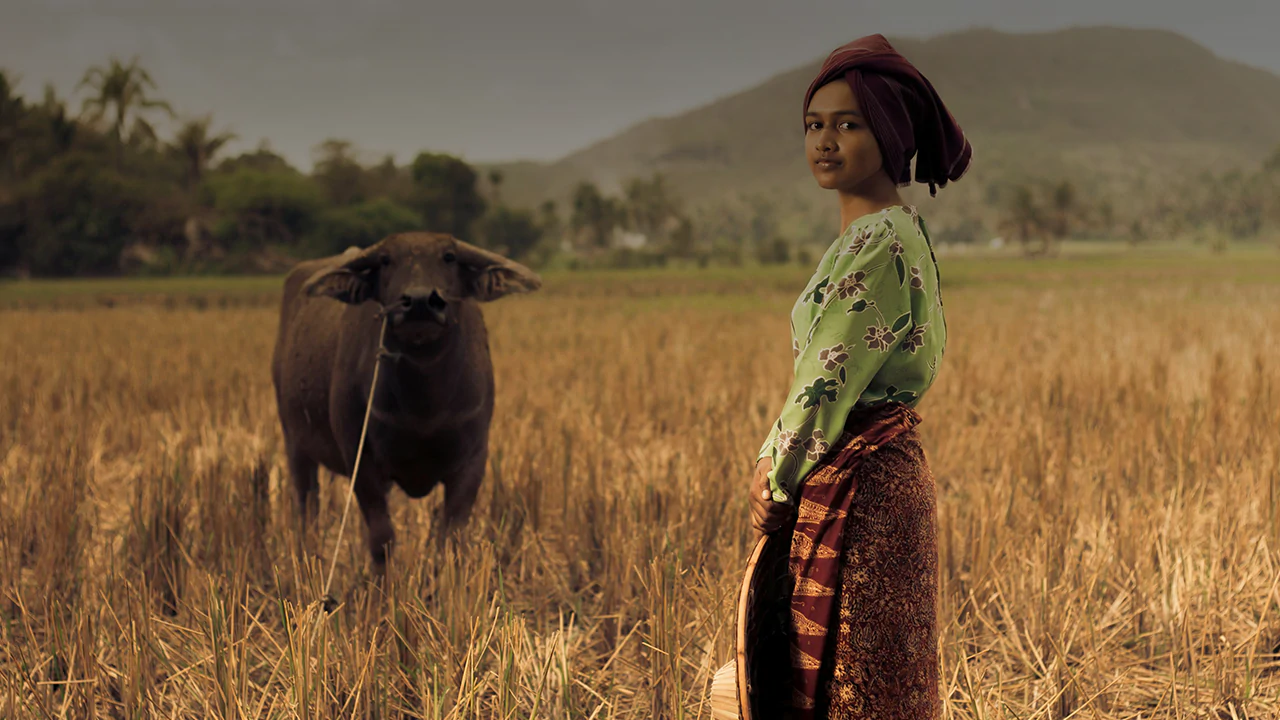Midjourney began its journey in early 2022, emerging from the vision of David Holz, co‑founder of Leap Motion.
Starting as a small, independent research lab in San Francisco, the project quietly built its reputation through Discord, where users could generate stunning AI art using simple prompts. In the war that rages on following the launch of ChatGPT by OpenAI, Midjourney consistently produces visuals that feel like painted art—rich textures, dramatic lighting, and stylized composition.
Many users describe its outputs as "dream-like," bursting with emotional and visual depth.
In fact, it earned praise as one of the first AI models to successfully generate images with realistic, anatomically correct hands—a challenge that had plagued earlier models with distorted or extra fingers.
With bigger rivals having their own respective AI video generators, now it's Midjourney's turn.
The company releases what it calls the 'V1 Video Model.'
Introducing our V1 Video Model. It's fun, easy, and beautiful. Available at 10$/month, it's the first video model for *everyone* and it's available now. pic.twitter.com/iBm0KAN8uy
— Midjourney (@midjourney) June 18, 2025
As its first video-generation model, V1 allows Midjourney to expand its creative horizon from still images to dynamic visuals.
Available exclusively through web and Discord interfaces, V1 lets users animate any image—either one newly created or an existing favorite—with a single click. The model produces
What sets V1 apart from competitors like OpenAI’s Sora, Google’s Veo 3, Runway Gen 4, and Adobe Firefly is how it integrates with Midjourney’s existing ecosystem.
Instead of building video from scratch, users animate images created with the signature aesthetic of Midjourney.
Key features include the ability to convert images into four unique 5‑second clips per prompt, allowing users to extend the length in 4‑second increments, reaching up to 21 seconds of motion. There is also an 'Auto' and 'Manual' to let users choose whether to let the AI decide the motion by itself or have them guide the AI movement with a text prmpt.
There is also a motion control, where users can select whether they want results to be gentle or dynamic with fast camera/subject movements.
According to Midjourney in a page on its website:
As you know, our focus for the past few years has been images. What you might not know, is that we believe the inevitable destination of this technology are models capable of real-time open-world simulations.
What’s that? Basically; imagine an AI system that generates imagery in…— Midjourney (@midjourney) June 18, 2025
"Our goal is to give you something fun, easy, beautiful, and affordable so that everyone can explore. We think we’ve struck a solid balance. Though many of you will feel a need to upgrade at least one tier for more fast-minutes."
On the pricing front, Midjourney keeps it straightforward: V1 is available under existing subscription tiers starting at $10 per month. Videos cost roughly eight times more GPU than images—but since each "job" yields up to 21 seconds of animation, the effective cost-per-second remains competitive.
Users on Pro and Mega plans also gain access to unlimited video generation in “relax” mode—ideal for high-volume creators.
Importantly, the V1 launch arrives during a legal storm: Midjourney is currently facing lawsuits from Disney and Universal, which allege that the model was trained on copyrighted material without permission
While this legal conflict adds tension, the move into video underscores Midjourney’s strategy to evolve toward real‑time open‑world simulations and, eventually, 3D rendering models.
In summary, V1 marks a bold pivot: it transforms Midjourney from a still-image powerhouse into a multimedia creative lab.
We noticed many MJ videos are getting "overly compressed" when uploaded to social media. We've created a new optimized encoder to reduce the issue. When saving videos to share, please right click the video and press "Save for Social Media". Before/after example below. Thanks! pic.twitter.com/wFfMeg89mK
— Midjourney (@midjourney) June 19, 2025
